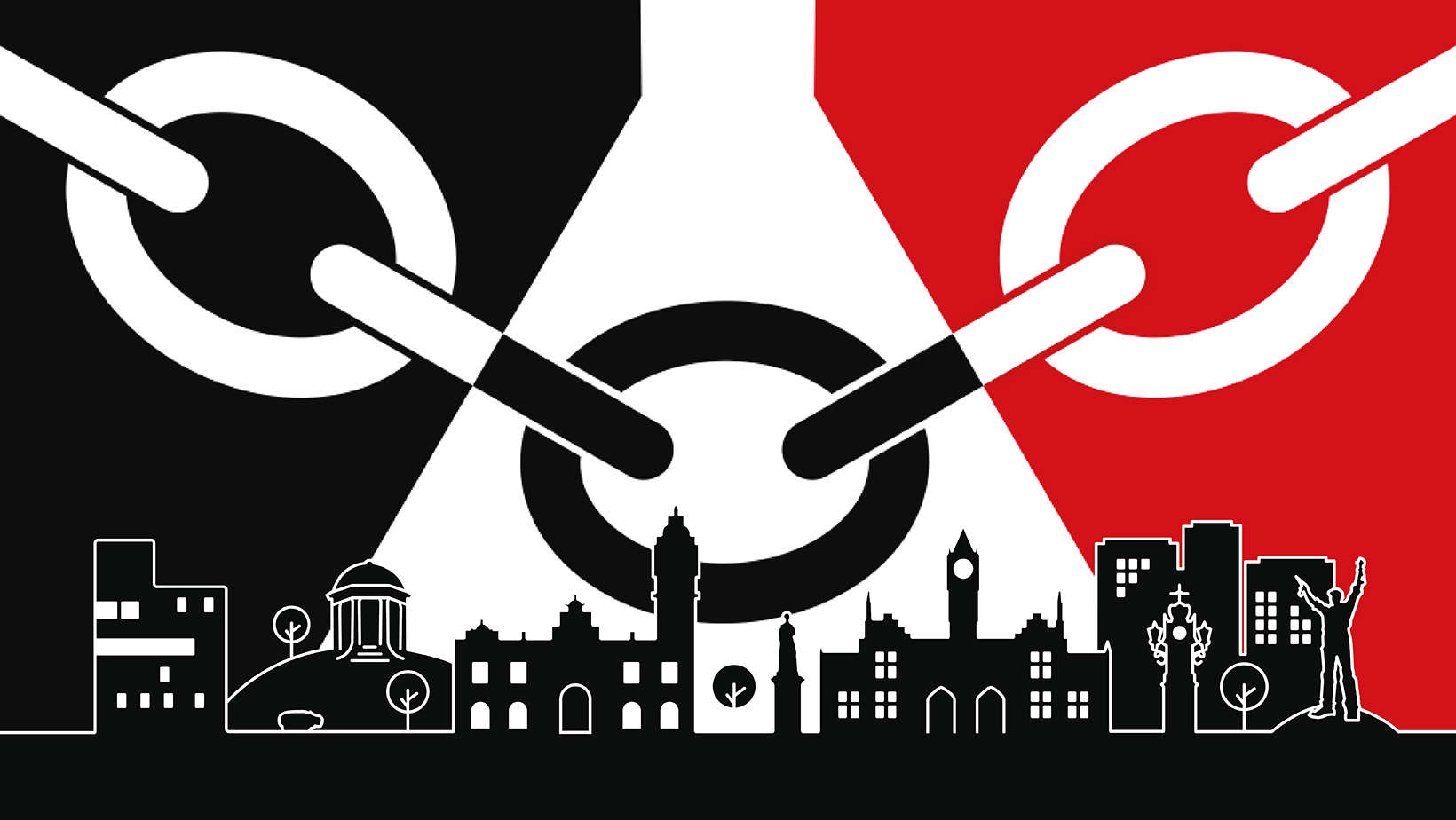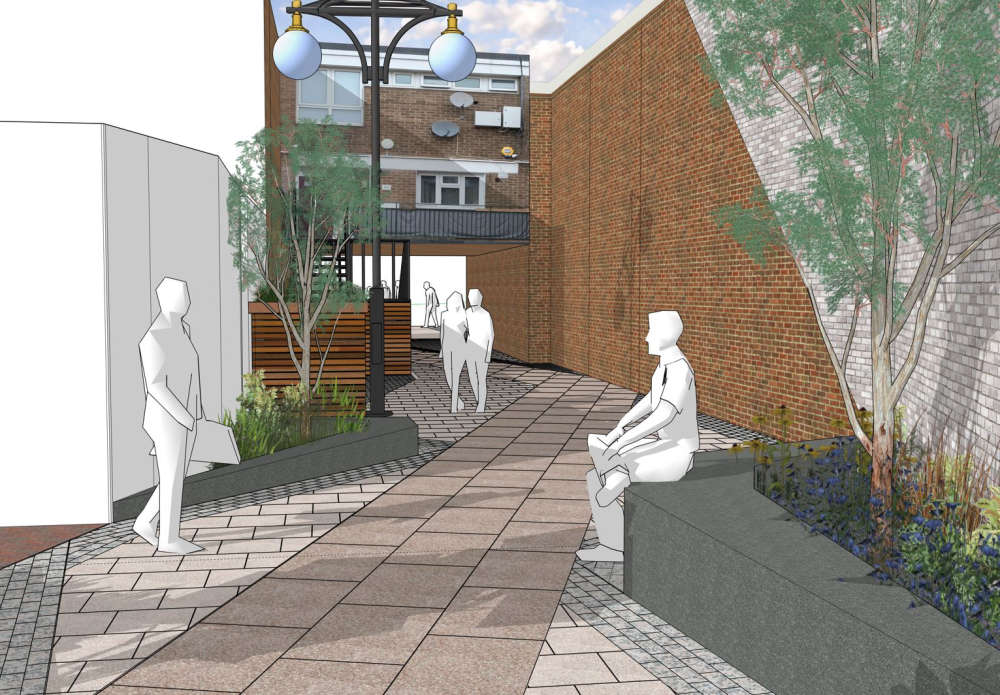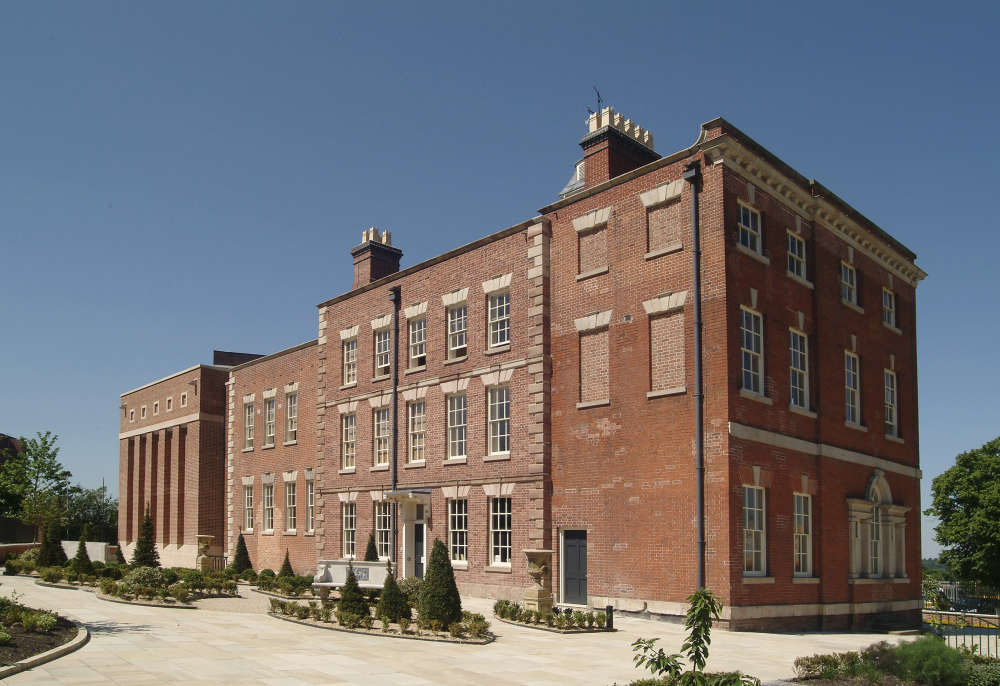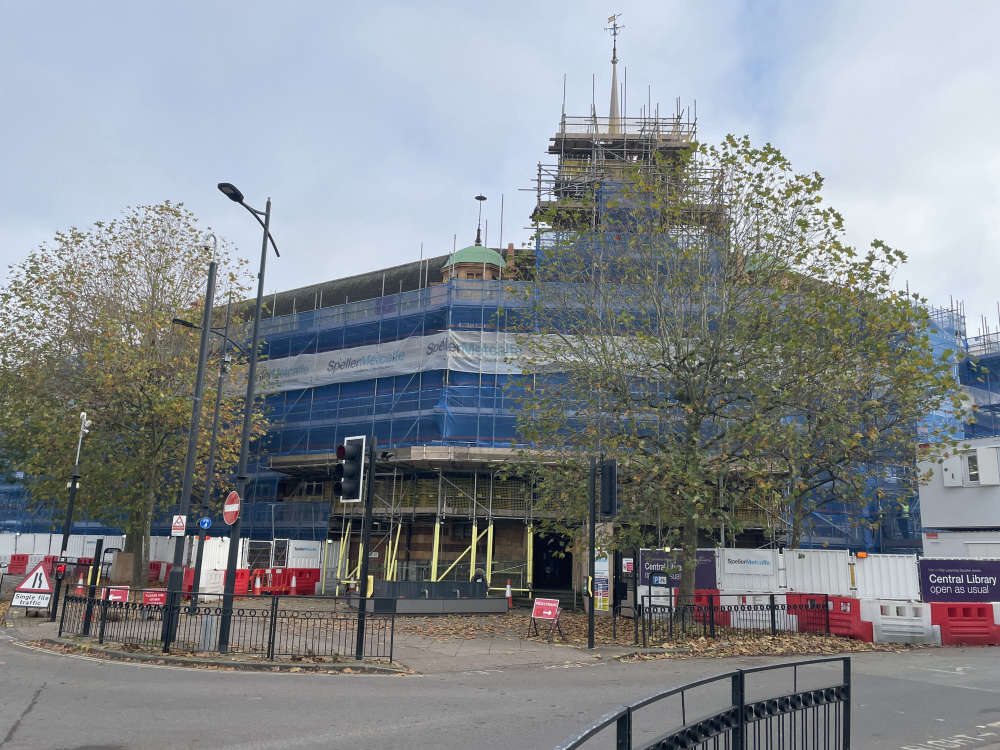
Friday 14 July 2023 marks Black Country Day and events and celebrations are taking place across the region.
The Black Country gained its name in the mid nineteenth century and it is thought to refer to the smoke from many ironworking foundries and forges around at the time.
The origins of place names varies, and this Black Country Day Walsall Council is going back to its roots and reflecting on the borough’s rich cultural heritage.
Below are the origins of some place names in the borough.
Aldridge originally called Alrewic is a Saxon word meaning 'Alder village', suggesting that during the Saxon era, the settlement was built in a grove of alder trees. Aldridge began as a small agricultural settlement up until the 19th Century. Jobs in mining during the Industrial Revolution resulted in a population surge and town expansion by 1901.
Bescot was mentioned in the Domesday Book of 1086 as waste land in the possession of the King. It was also mentioned in the archives as 'Berkenscot' and 'Bresmundscote'.
Birchills was described as an area of wood and waste in the 14th century. By the 17th Century, coal was being mined in the area. In the Industrial Revolution, the canal was built, and Birchills was the main area of coalmining in Walsall, as well as other industries including iron-working and limestone mining.
Blakenall is first mentioned in 1300. It remained as uninhabited heathland for several centuries. By 1763, a small community had set up around the common. In 1813, there were several metal workers and during the 19th century new streets were laid out to house the growing population.
Bloxwich originates from the Anglo-Saxon period, when the place name suggests it was a small settlement named after the family of Bloc (Blocheswic in Domesday Book, meaning Bloc's Village).
In the Middle Ages, Bloxwich was a small agricultural village with a population of around 600, but it expanded in the 18th century when coal mines were opened. This resulted in a variety of cottage industries making awls, nails, needles and saddle blades.
Brownhills is on the ancient Watling Street and there is evidence of Roman settlements in the area. The name Brownhills, however, is not mentioned before the 17th Century. It is suggested that the name refers to the early mining spoil heaps which were in the area. During the Industrial Revolution, Brownhills quickly grew around the coal-mining industry and by the start of the 20th Century, it had grown from a hamlet of only 300 inhabitants to a town of more than 13,000.
Caldmore grew up around an important road junction, the shape of which was made up of an open space of called Caldmore Green. During the 19th Century, this space became the centre for social and commercial development.
The Chuckery is believed to originate from the common medieval word to describe a poultry farming area. Historically, the area was home to a large number of saddlers and other workshops.
Darlaston comes from two Old English words. The first part, Darla, refers to a former landowner called Deorlaf, while the second part, tun, means manor. The settlement developed after the Norman Conquest and was a small agricultural village until the 18th Century when it developed rapidly with the mining and metal trades. The town's specialist industries were gun locks, and nuts and bolts.
Goscote, a name meaning ‘a hut in the gorse’, was a hamlet that existed around the 13th Century. The canal was built through the area in the 1790s, followed by mining of coal and ironstone, and as well as a foundry by the early 1800s.
Harden meanings ‘high farm’ or ‘estate’. Harden existed from the 13th Century and was a tiny hamlet, which It had its own common fields. Archives shows that several bitmakers and awl blade makers were in the area and coal was mined at Harden during the 19th Century.
Leamore means ‘lea’ – a pasture or field, and ‘more’ – a moor or heath. By 1775, a settlement had grown in the area. During the 19th Century, Leamore was developed with mining becoming the main local industry including Forest Colliery.
Palfrey refers to a small riding horse which is particularly suitable for women. Palfrey's name may have originated from the keeping of horses on the area’s land.
Pelsall originally called Peolshalh (meaning 'a nook' or 'land between two streams belonging to Peol'), was first mentioned in a charter from 994. The medieval population was small and only included 14 householders. In the 19th Century, Pelsall had become a mining village.
Pheasey was land that was bought by Simon Veysie in 1559. Over time, the name Veysie became Pheasey. In the 17th Century, much of the area came into the ownership of the Scott family, whose house, Great Barr Hall was later built nearby.
Pleck meaning a small plot of ground, was recorded as a small area of waste in the 15th Century. The area would be inhabited by the 1600s with several cottages. The extension of mining and other industries from 1850 would lead to a great increase in the population and the rest of the Pleck district be developed mainly as a residential area.
Rushall means "a place in the marshy ground where rushes grow". Rushall was first mentioned in the Domesday Book (1086), when the area was a village of eight households and a mill. A manor house was strongly fortified and defended by a garrison. Limestone which lies near the surface was originally used for building and agricultural, then later for smelting iron. By the start of the 20th Century, Rushall was a thriving village.
Shelfield comes from the Anglo Saxon, ‘Skelfeld’ for sloping ground or field. Shelfield is mentioned in the Domesday Book as containing ‘a hide of waste’ belonging to the Manor of Walsall. Shelfield was a hamlet by 1276 and had its own common fields and a medieval hall.
Streetly is named from Ryknield Street, a Roman road, which can still be followed in Sutton Park. In medieval times the district was largely forest and part of the Earl of Warwick's Chase of Sutton, however by the 13th Century much of the forest had been cleared and the land was left as heath and marshland. In 1795, the area was given to several landowners and residential development begin after the opening of the railway in 1879.
Walsall began as a small village, with its name derived from "Walh halh", meaning "valley of the Welsh" in Anglo Saxon, referring to the Britons / Celts who first lived in the area. The medieval town grew up in a cross shape and by the 13th century, Walsall was a small market town, with the weekly market being introduced in 1220. The Industrial Revolution changed Walsall from a village of 2000 people in the 16th Century to a town of over 86,000. The town manufactured a wide range of products including saddles, chains and buckles.
Walsall Wood before the 19th Century was one of three settlements on the outer edges of Cannock Wood. The canal opened during the 19th Century to transport coal and other materials required by the industries of surrounding towns. In 1841, the population was made up of nailmakers, chain makers, boatmen and brickmakers, then with the opening of the local collieries there was a community of miners.
Willenhall was first called Willenhalch, which is Anglo-Saxon for 'the Meadowland of Willan' and was mentioned in the Domesday Book. From the Middle Ages to 17th Century, it was a small village with a population of 300. The population did not increase dramatically until the Industrial Revolution. The main industry in Willenhall was lock making which began there in the 1500s. By 1855 there were apparently 340 lock makers in Willenhall, mostly in small workshops.

 Completion of designs paves way for Wednesfield High Street transformation
Completion of designs paves way for Wednesfield High Street transformation
 Black Country Transport (BCT) – working with City of Wolverhampton Council and neighbouring local authorities – has secured funding to improve the key route, which incorporates Birmingham New Road and Wolverhampton Road. Proposals include segregated cyc
Black Country Transport (BCT) – working with City of Wolverhampton Council and neighbouring local authorities – has secured funding to improve the key route, which incorporates Birmingham New Road and Wolverhampton Road. Proposals include segregated cyc
 Launch of consultation on proposed A4123 corridor improvements
Launch of consultation on proposed A4123 corridor improvements
 Going to go Farr - Walsall Council apprentice wins award amongst Black Country’s best
Going to go Farr - Walsall Council apprentice wins award amongst Black Country’s best
 Views sought on parking charges for three Birmingham parks
Views sought on parking charges for three Birmingham parks
 Discover the past at Wolverhampton’s Local History Fair
Discover the past at Wolverhampton’s Local History Fair
 Bus fitted with mini recording studio hits the right notes with young people in Walsall
Bus fitted with mini recording studio hits the right notes with young people in Walsall
 Full works start on Library and Adult Education facilities as part of City Learning Quarter scheme
Full works start on Library and Adult Education facilities as part of City Learning Quarter scheme





Comments
Add a comment